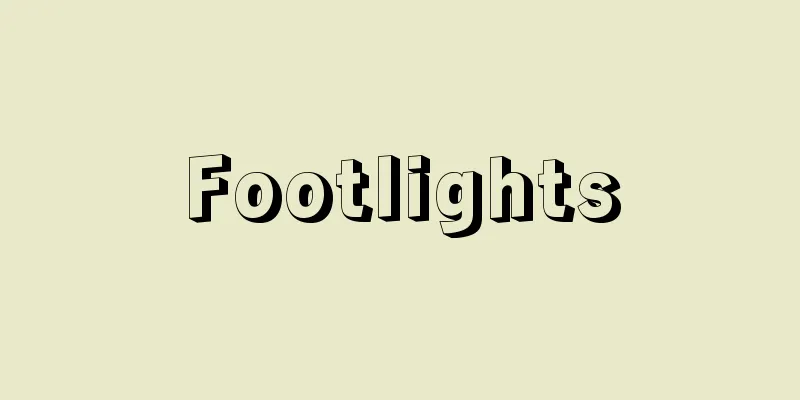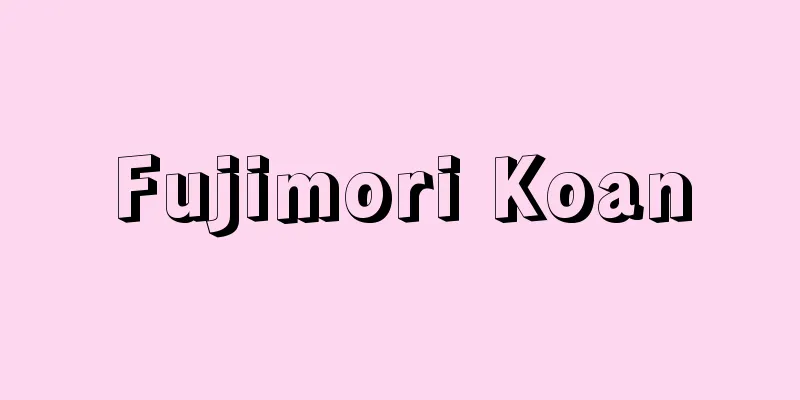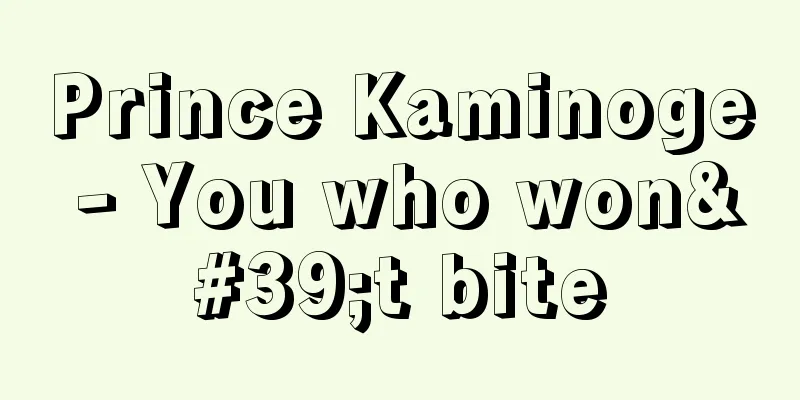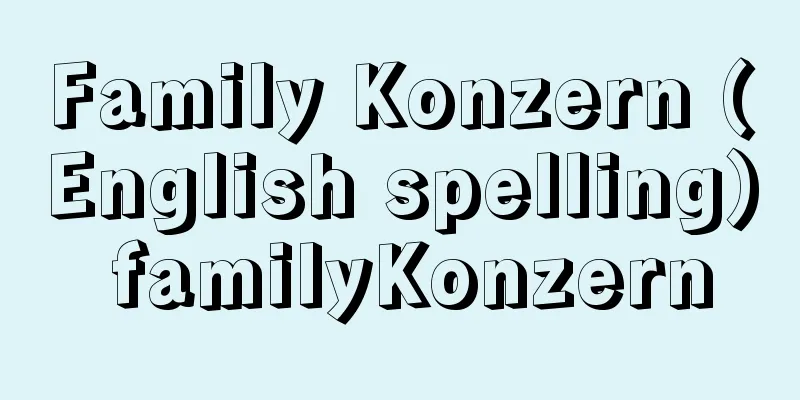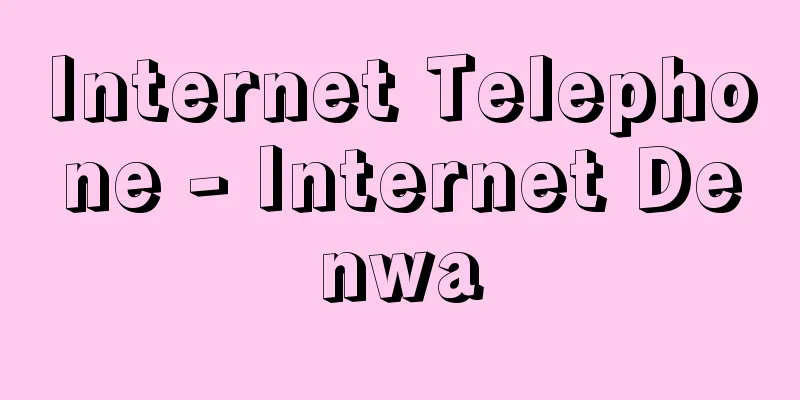Kasabub, J.

|
...The Congo was divided into many tribes, including the Kongo, Luba, Mongo, Lunda, and others, and lacked unity, so the biggest issue at stake was whether to adopt a centralized or decentralized system at the time of independence. In the end, under the leadership of Lumumba's Congolese National Movement, a system was adopted that was formally a unitary state (and therefore centralized), but in reality it was a pseudo-federal system that allowed a large amount of state power, and independence was achieved with a noticeable compromise, with Lumumba, a centralist, as prime minister and Joseph Kasavubu (1910-69), a decentralist, as president. However, in early July, less than a week after independence, a military rebellion broke out in the capital and spread to the provinces. Moise Tshombe (1919-69), a member of the decentralisation movement, seized the opportunity to declare the independence of Katanga Province (now Shaba Province), and in September Albert Kalonji also declared the independence of Southern Kasai, heralding the start of a full-scale civil war. From the Democratic Republic of the Congo... However, due to the immaturity of the nationalist movement and the short preparation period for independence, on July 6, less than a week after independence, the Congo entered into great unrest (the Congo Crisis) with a military rebellion. The situation continued to deteriorate as a result of a number of events, including the conflict between President Kasavubu and Prime Minister Lumumba, the declaration of independence of Katanga Province (now Shaba Province) by Tshombe, military intervention by Belgium and the dispatch of UN troops, political intervention by Colonel Mobutu, the arrest and massacre of Prime Minister Lumumba, and the conflict between the Leopoldville government, which supported Kasavubu, and the Stanleyville (now Kisangani) government, which was led by Gizenga, which also supported Lumumba. Moreover, the unrest took on a more complicated appearance as Western countries supported the Leopoldville government but also showed an ambiguous attitude toward the Katanga separatist forces, while Eastern countries supported the Stanleyville government. ... *Some of the terminology that mentions "Kasavubu, J." is listed below. Source | Heibonsha World Encyclopedia 2nd Edition | Information |
|
…しかもコンゴはコンゴ族,ルバ族,モンゴ族,ルンダ族その他多数の部族を擁して統一性に乏しく,独立に際して中央集権制と地方分権制のいずれをとるかが最大の争点となっていた。結局ルムンバのコンゴ国民運動の主導下に形式的には単一国家制(したがって中央集権制)をとりながら,実質的には州の権限を大幅に認めた擬似連邦制ともいうべき制度を採用し,集権派のルムンバが首相,分権派のカサブブJoseph Kasavubu(1910‐69)が大統領に就任するという,無理な妥協が目だつなかで独立を達成した。しかし独立から1週間もたたない7月上旬,首都で起こった軍隊の反乱が地方に拡大すると,その機をとらえて分権派のチョンベMoise Tshombe(1919‐69)はカタンガ州(現,シャバ州)の分離独立を宣言し,9月にはカロンジAlbert Kalonjiも南カサイの分離独立を宣言して,本格的な内乱の幕が切って落とされた。… 【コンゴ民主共和国】より… しかしナショナリズム運動が未熟であるうえに,独立のための準備期間が短すぎたこともあって,独立後1週間足らずの7月6日,軍隊の反乱を契機にコンゴは大動乱(コンゴ動乱)に突入した。カサブブ大統領とルムンバ首相の対立,チョンベによるカタンガ州(現,シャバ州)の分離独立宣言,ベルギーの軍事介入と国連軍の派遣,モブツ大佐の政治介入,ルムンバ首相の逮捕と虐殺,カサブブ派のレオポルドビル政権とルムンバ派のギゼンガを盟主とするスタンリービル(現,キサンガニ)政権の対立といった諸事件を織り込みながら,情勢は悪化の一途をたどった。しかも西側諸国はレオポルドビル政権を支持しながらカタンガ分離主義勢力に対してもあいまいな態度を示し,東側諸国はスタンリービル政権を支持するなどしたために,動乱はいっそう複雑な様相を呈した。… ※「カサブブ,J.」について言及している用語解説の一部を掲載しています。 出典|株式会社平凡社世界大百科事典 第2版について | 情報 |
<<: Casablanca Conference - Casablanca Conference
>>: Kazakh Soviet Socialist Republic
Recommend
Tsushima Straits
It refers to the sea area between Iki and Tsushim...
baile flamenco (English spelling) baileflamenco
...There are many other notable folk dances, but ...
Lord Otani Shimousa - Lord Odani Shimousa
…A swordsman who was called the sword saint of th...
The Elixir of Love
... During Donizetti's lifetime, "horror...
Photodissociation
…There are two types of decomposition: photochemi...
Shukuin Buddhist Sculptor
During the Muromachi period, this group of Buddhis...
Tampere - Tampere (English spelling)
A city in southwestern Finland. Located on the we...
Air Cleanliness - Kuukiseijodo
...In contrast, in a lightweight home, even if th...
Begging for forgiveness - Kikkosetsu
...The first thing that comes to mind in autumn i...
Kasuga clan
An ancient powerful clan. Also called the O-Kasuga...
Ablation insulation method - Ablation insulation method
…This FRP carbonizes from the surface and gradual...
The Times
A representative high-quality daily newspaper in ...
Syndactyly - Syndactyly
What is the disease? Hand development progresses ...
Madero, Francisco Indalécio
Born: October 30, 1873. Pallas Died: February 22, ...
Flaccus Albinus (English spelling) FlaccusAlbinus
…theologian and writer at the court of Charlemagn...


